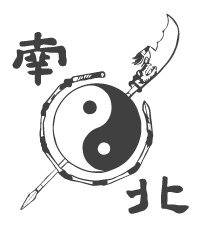The “awakening of the lion” originated from the tradition of ancient villages. The Lion Dance was used to cure and prevent the spread of diseases. They believed that through the noise of the drum and the presence of courageous lions would scare away illnesses. This tradition of the Lion Dance has carried on till today and through time has evolved to what it has become today.
There are two types of Lion Dance styles; the Southern Lion style and the Northern Lion style. Our grand masters has passed down the practice of the Southern Lion style hence our club has placed emphasis on the Southern Lion style.
The Southern Lion originated from the Lingnan area of Guangdong. Due to its fierce and vibrant appearance, they are used to celebrate holidays and special occasions to bring happiness and good luck to people.
The Southern Lion are separated into two types; Futsan lion (佛山庒) and Hoksan lion (鶴山庒). Futsan lion (佛山庒) is fierce and prestigious. Its physical appearance is characterized by their squared faces, big eyes and nose. Hoksan lion(鶴山庒) is kind and precious with a narrow face and a duck-billed mouth. Traditional color schemes give the lion type its name and characteristics, which are based on the Three Generals from Chinese history, Liu Bei, Guan Yu, and Zhang Fei. Lions with white beards and a yellow face symbolizes General Liu Bei’s righteousness; a black beard with a red face symbolizes General Guan Yu’s loyalty; And lion with black trimmed beard, dented ears, iron horn and green face symbolizes General Zhang Fei’s bravery. Students use different stances based on each style being performed.
Fung Gun Chern (溤庚長) Si Fu from Sha Ping made alterations to the appearance of the Fut San Jong lion and adopted their light footed stance performing style to create the Hok San Jong style.
Our club focuses primarily on the practice of the Fut San Jong style Lion Dance; Black lion with an iron horn, trimmed beard, and green face.
Videos
Video of SiBak Zhong Yiu Jo performing the lion dance at age 66 (2017)







